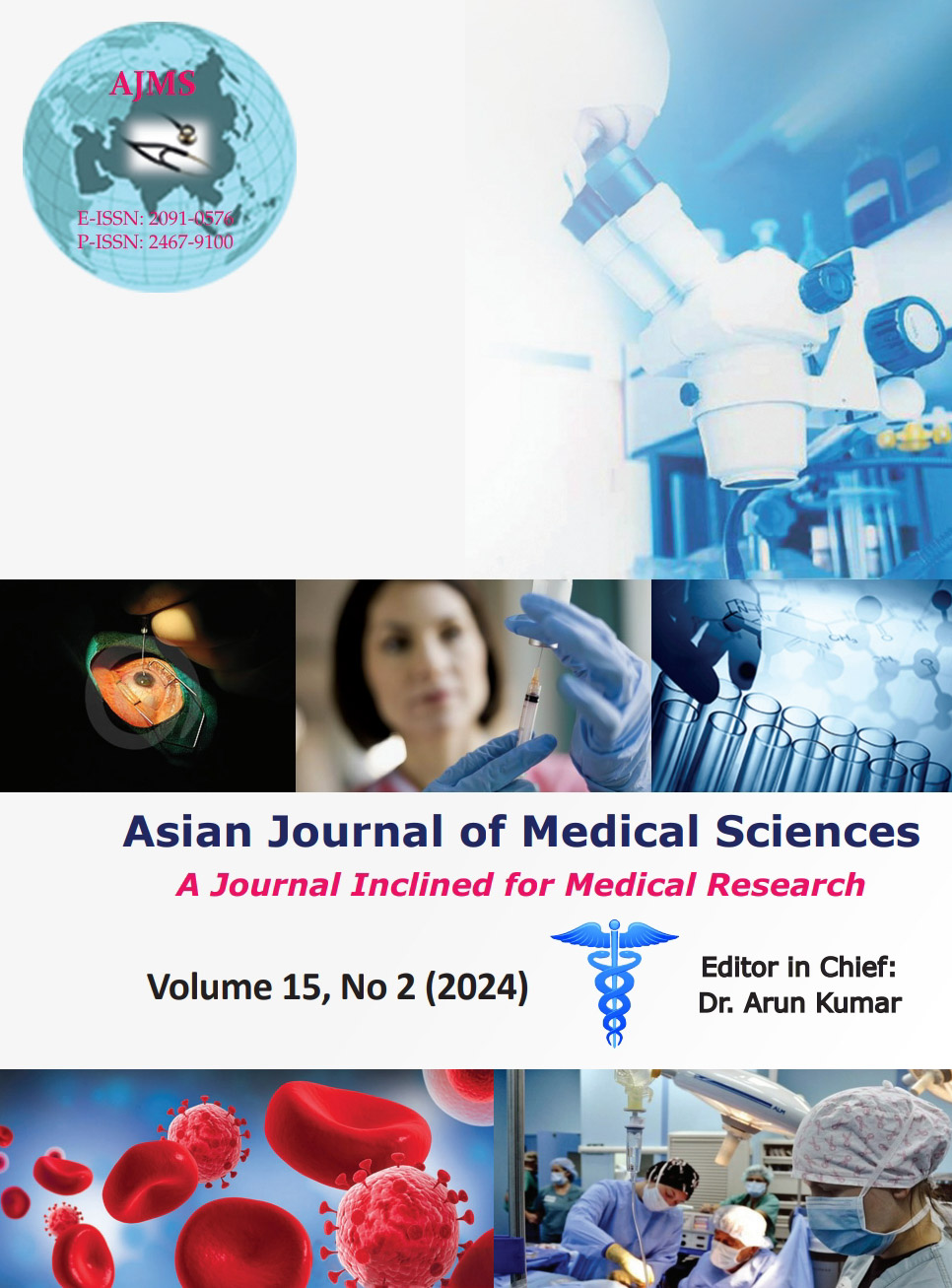Perioperative management of awake craniotomy: Role of anesthesiologist
Keywords:
Awake craniotomy; Neuroanesthesia; Scalp block; Motor mappingAbstract
Awake craniotomy is performed for resection of lesions located within or close to the eloquent areas of the brain. Both asleep-awake-asleep technique and conscious sedation have been used effectively for awake craniotomies, and the choice of optimal anesthetic regime is mainly as per the preferences of the anesthesiologist and surgical team. Propofol, remifentanil, dexmedetomidine, and scalp nerve block have been used successfully for intraoperative brain mapping. Appropriate patient selection, adequate perioperative psychological support, and proper anesthetic management for patients in every stage of surgery are essential for the safety and success of the surgery.
Downloads
Downloads
Published
How to Cite
Issue
Section
License
Copyright (c) 2023 Asian Journal of Medical Sciences

This work is licensed under a Creative Commons Attribution-NonCommercial 4.0 International License.
Authors who publish with this journal agree to the following terms:
- The journal holds copyright and publishes the work under a Creative Commons CC-BY-NC license that permits use, distribution and reprduction in any medium, provided the original work is properly cited and is not used for commercial purposes. The journal should be recognised as the original publisher of this work.
- Authors are able to enter into separate, additional contractual arrangements for the non-exclusive distribution of the journal's published version of the work (e.g., post it to an institutional repository or publish it in a book), with an acknowledgement of its initial publication in this journal.
- Authors are permitted and encouraged to post their work online (e.g., in institutional repositories or on their website) prior to and during the submission process, as it can lead to productive exchanges, as well as earlier and greater citation of published work (See The Effect of Open Access).




